World B4
my bad y'all
- Joined
- 25 June 2017
- Messages
- 449
- Reaction score
- 364
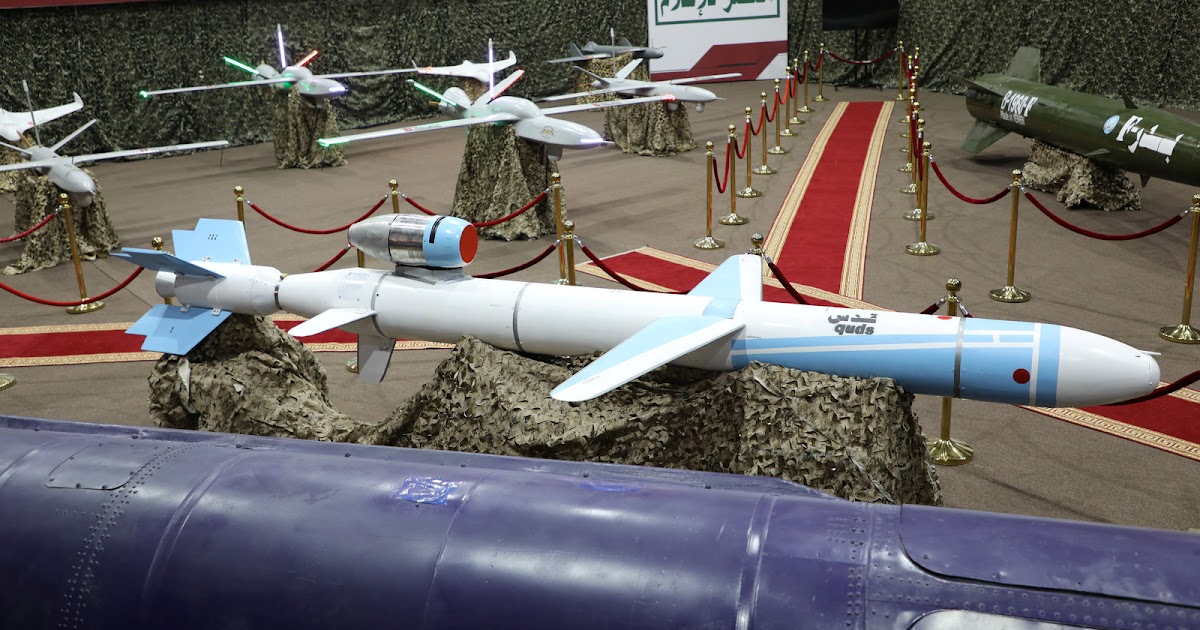

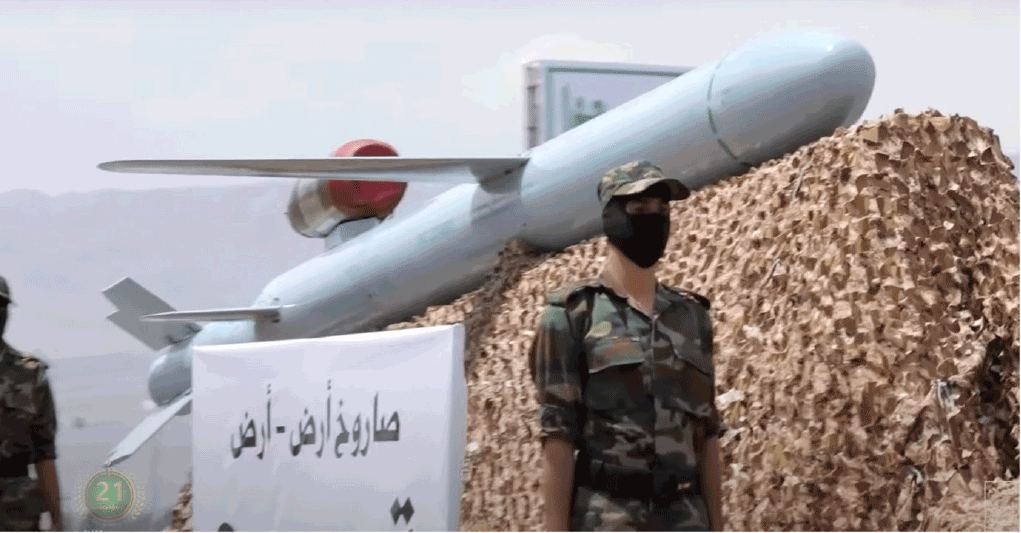
New ballistic, cruise and loitering missiles were shown by the Houthis in the recent military parade in Sanaa, Yemen. Among the new missiles on display was the Quds-3 cruise missile, believed to be a new, longer-range variant of the Iranian Soumar cruise missile.
Quds 3 – a new cruise missile. Like its two predecessors (Quds 1 and 2), Quds-3 is powered by a small turbojet engine, yet it is larger and capable of flying over a longer range. Quds cruise missiles are programmed to fly at a low level and have demonstrated effective radar avoidance capability. They are designed to perform precision attacks on a pre-programmed location based on the target coordinates. The missile achieves an initial velocity using a solid propellant booster which is separated once the missile achieves its cruising velocity.
According to the Iranwatch.org missile report, Quds-1 has a range of 800 km. The second-generation Quds-2, which corresponds with the Iranian Soumar (also known as Hoveyzeh) missiles, has a range of 1,350 km. The range of Quds 3 was not mentioned by the Houthis but is believed to be longer than Quds 2, as the missile diameter is larger, thus capable of carrying a larger fuel tank and warhead. These missiles are based on an Iranian derived from Soviet-era air-launched Kh55 cruise missiles acquired from Ukraine in the late 1990s. The range of Quds-1 is assumed to be 700 km, with Quds-3 achieving three times that range.
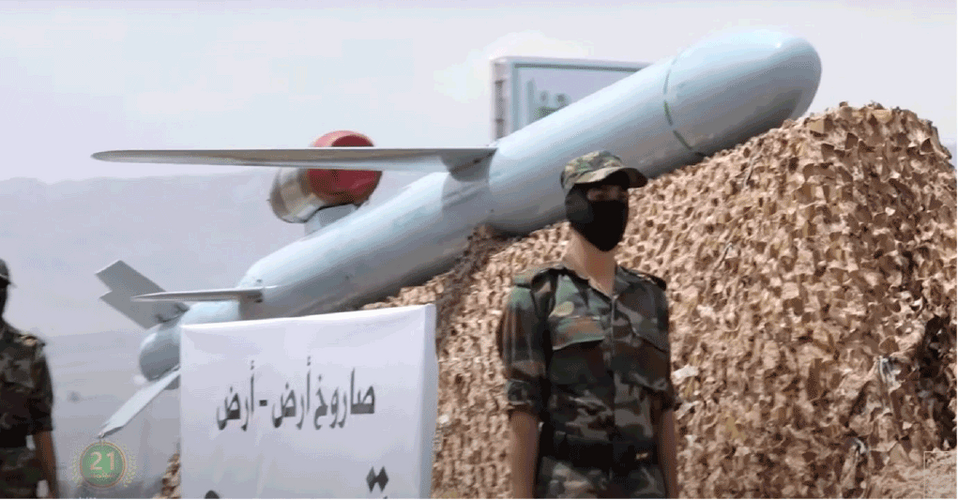
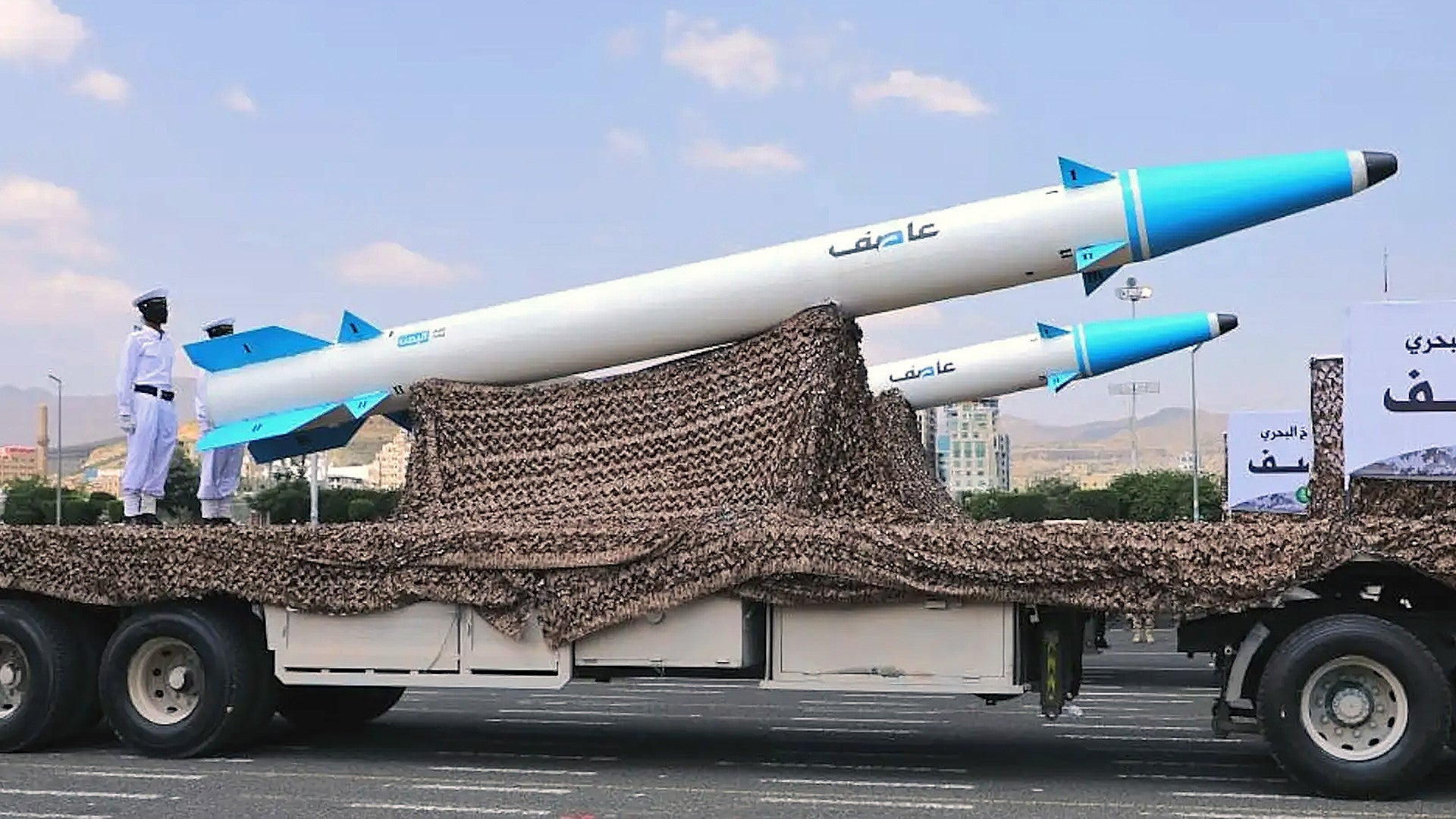
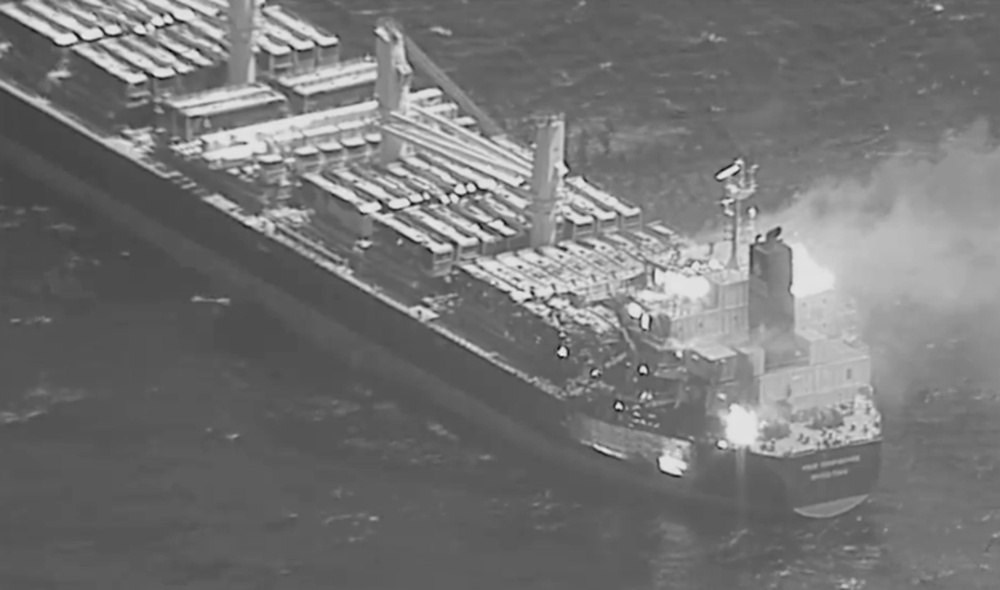

This is going to lead to direct conflict between NATO and Russia.

Intel Says Russia Looking To Arm Houthis With Anti-Ship Missiles: Report
News that Russia may give Houthis anti-ship missiles comes as the group carried out its first lethal strike on Israel.www.twz.com
View: https://twitter.com/mercoglianos/status/1765739450066170148

Houthis Kill Innocent Civilians with More Reckless Attacks
At approximately 11:30 a.m. (Sanaa time) Mar. 6, an anti-ship ballistic missile (ASBM) was launched from Iranian-backed Houthi terrorist-controlled areas of Yemen toward M/V True Confidence, a Barbados-flagged, Liberian-owned bulk carrier, while transiting the Gulf of Aden. The missile struck...www.dvidshub.net

Despite being widely reported as British-owned, it turns out that the only UK link to Rubymar was its insurance, which is now being disputed by the owners, who have been told that war risk was not part of the fixed-premium deal they signed up to.
Responsibility for the clean-up of oil spills would normally fall to the International Oil Pollution Compensation Funds. However Rubymar is a bulk carrier not an oil tanker and therefore IOPC Funds do not apply.
The International Convention on Civil Liability for Bunker Oil Pollution Damage could apply. However, the treaty states: “No liability for pollution damage shall attach to the shipowner if the shipowner proves that: (a) the damage resulted from an act of war, hostilities, civil war, insurrection or a natural phenomenon of an exceptional, inevitable and irresistible character.”

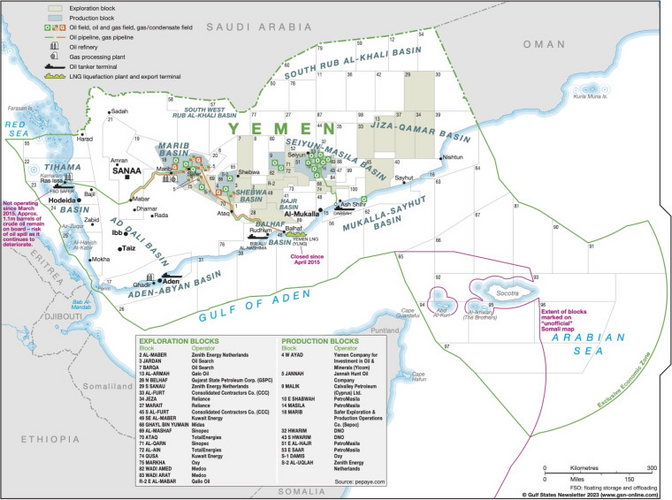

This potential move is believed to be in response to President Biden's approval of Ukraine's use of US-supplied weapons on Russian soil.
Plus proper longer range strike missiles sent to Ukraine. If the Houthis actually managed to hit a USN vessel with a Russian missile, there'd likely be Ukrainian-fired Dark Eagles raining down on Moscow and Sukhoi/MiG factories and design bureaus. As for the Black Sea Fleet, there wouldn't be one.Yeah sure, brilliant tactical move Vlad. This will only get the remaining limitations lifted.
View: https://x.com/UKikaski/status/1814831058317418699
Israel Fighter Jets Carry Out Long-Range Retaliation Strike On Houthi Oil Depot In Yemen (Updated)
The attack, one of Israel's longest airstrikes, comes a day after the Houthi's first lethal long-range drone attack on Israel.www.twz.com
View: https://x.com/UKikaski/status/1814806550617461108
There's a veritable feast of potential targets Israel could hit if the Houthis persist.
View attachment 735075
Indeed, this shows Houthi territory.Most of the targets you see there are not in Houthi controlled territory. Houthis control territory from Marib Basin to the coast. But they only control part of the coast from around 50 miles south of Hudaydah to the Saudi border (although some of those areas are disputed).
A blockade, with inspection of all civilian vessels would be the sensible option. The only port the Houthi's control is Hudaydah. Beyond that there is only about 3/4 tiny fishing ports along the entire c200 mile coast that they control....
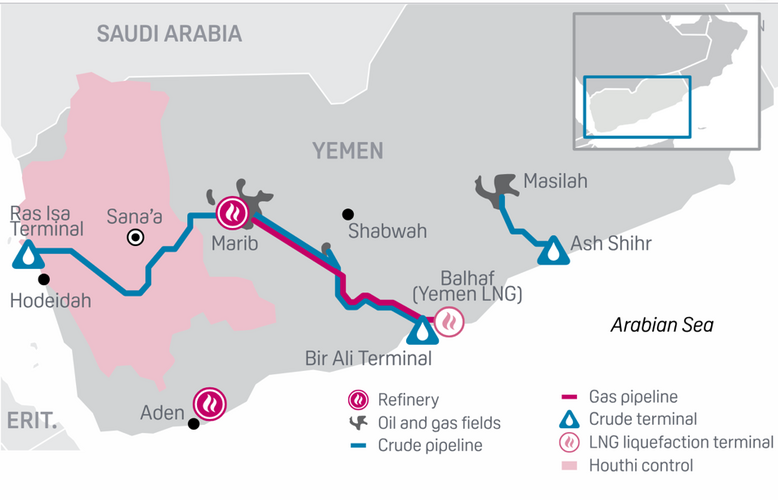
Been there, done that. It is already toast, well I should say reef actually.As for the Black Sea Fleet, there wouldn't be one.
SCOOP - US says Chinese satellite company with military links has been providing the Houthis with imagery to help them target American and allied warships & international cargo vessels. Company is Chang Guang Satellite Technology.
Nope, there has been at least one oil slick already.So much rumors about missiles and targeting data, while the FSO Safer floating oil storage and offloading vessel moored in the Red Sea north of Hudaydah is well forgotten. Several years ago there was an uproar on possible sinking of that vessel by the Houthis using a missile to cause environmental catastrophe in the Red Sea. However, the Houthis remained eco-friendly so far.


I can assure you that Israel is not targeting American bombers. Not via covert, nor overt means.In my opinion, the Israeli Air Force's attacks, although feasible, are too expensive and risky, compared to the bomb load that a few fighters can carry. Possibly the most logical answer is that the Israelis are using their sophisticated espionage techniques and knowledge of the area to target American bombers.
I think they meant aiding with target designation.I can assure you that Israel is not targeting American bombers. Not via covert, nor overt means.
Well, there must be some way to track the movement of the team launching the missiles as they return to their base. I suppose they launch them when there is no satellite coverage, but the infrared signal from the launch can also be accurately detected from a synchronous orbit, and there should also be drones monitoring the area from high altitude.For now technical failure on an Arrow missile is cited, without explaining which Arrow missile type. A THAAD battery also launched a missile, which missed.
It's odd that the lower tier David's Sling wasn't used, despite national level deployment including positions in Israel's center.
I can assure you that Israel is not targeting American bombers. Not via covert, nor overt means.
I do not know what methods the US is using to hunt launching units. I do know that it's very much possible that training programs took attrition into account. I'd be more worried about the remaining arsenal rather than available operators.Well, there must be some way to track the movement of the team launching the missiles as they return to their base. I suppose they launch them when there is no satellite coverage, but the infrared signal from the launch can also be accurately detected from a synchronous orbit, and there should also be drones monitoring the area from high altitude.
I suppose that the only strategy to avoid its location is to make unique launches from different locations, without repeating it even once.
But that system only allows for very sporadic launches and not a continuous offense. Only useful for propaganda, but with little or no military results.
